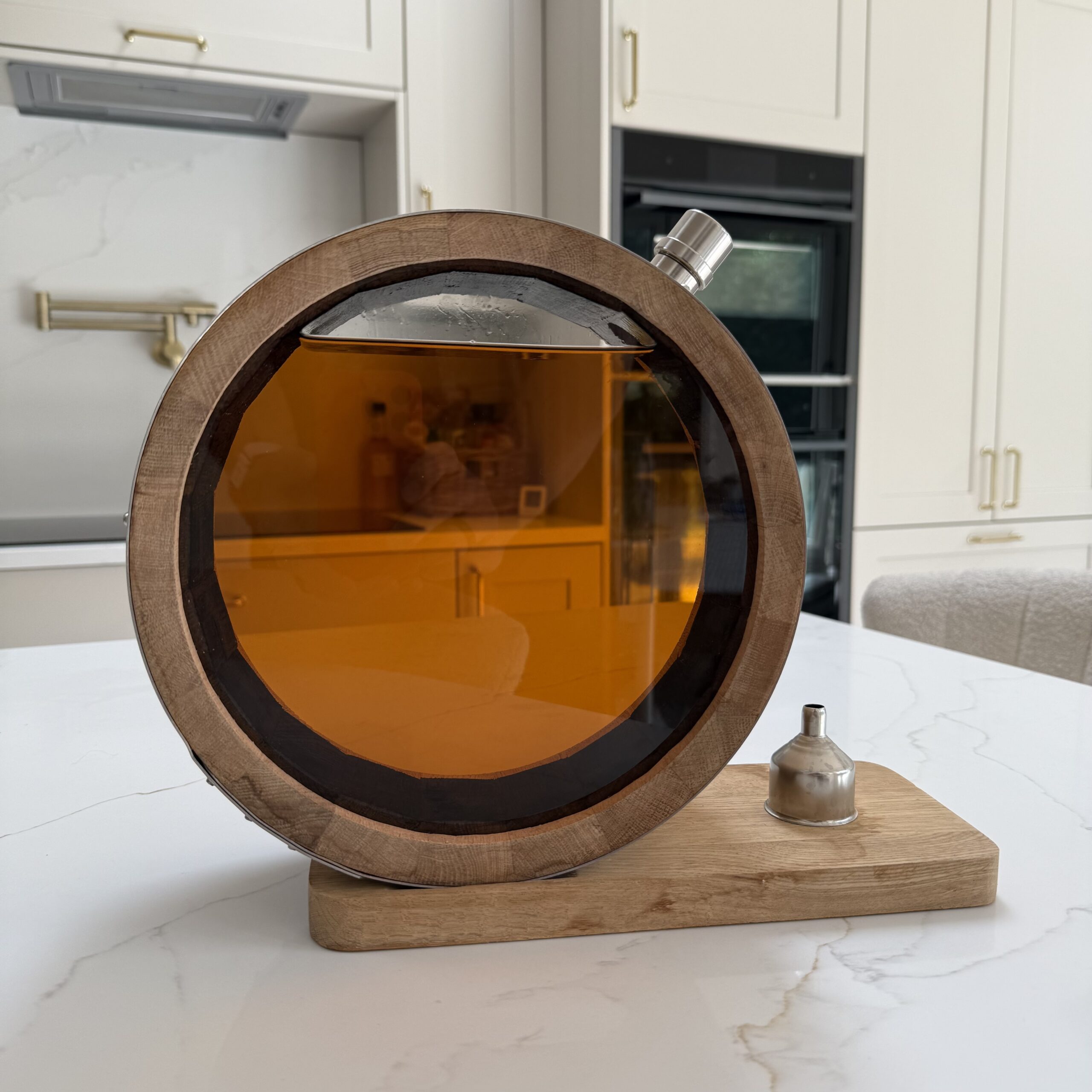Difference between peated malt from Islay and peated malt from the highlands
let’s begin
Peat can be a pretty overwhelming flavour, something that most fans enjoy it for. But others think this makes it too strong to use in the whisky making process. We’re going to look at the complexities of the flavour and why it’s something to really get to know.
regional peaT
There are five whisky-producing regions in Scotland, each with a different flavour profile. That doesn’t mean producers have to stick to that flavour profile, but means malt made there is more likely to have a flavour profile. The two biggest regions for producing peated malt are the Highlands and Islay.
Highlands Malt
The Highlands is a pretty huge area and it has quite a diverse flavour profile. Malt created here can range from sherried and sweet to full bodied and heavily peated. Highland Park is a stand out for peated malt from the highlands, as is Oban.
In a nutshell: Highland malts tend to have a smoky profile with lighter notes of spice, florals and oak wood. There are lots of earthy, herbal and heathery notes alongside more fruity flavours.
ISLAY Malt
There are eight distilleries on Islay and most of them produce incredibly peated malt, with the exception of Bunnahabhain, which tends to have a lot of smoke but not so much peat. The island is well known for its peated malts
In a nutshell: Islay has big notes of peat smoke with hearty seaside flavours of iodine, sea salt and saline. The peat notes are heavy in Islay malts and sea side flavours, with hints of oak wood and burnt caramel often lead.
Highland Peat
Peat from the Highlands tends not to be as salty as peat from Islay (see below). It is intensely earthy and rich but because most of it is found inland, it tends to not have salted qualities. It is made up of more plant-based matter, with lots of heather and thick earth in it. This means it imparts a really rich earthy note.
ISLAY Peat
Islay being an island (and a relatively small one at that), has a rugged coastline and lots of fresh sea air swirling around it. Many of the distilleries on Islay are based right on the edge of the coast, allowing the casks to soak up the salty sea breeze. This also means that the peat found on Islay tends to have more sea-based flavour qualities. It is made up of a lot of seaweed and other such vegetation. This means it has a lot more iodine and salt flavours.
So there you have it, the main reason that the peat used in Highland and Islay malts is different, and another reason to go try them both. Peat can feel overpowering but once you sink your teeth into it, the complexity cannot be ignored.
What do you think of peated malts? Let us know in the comments!
Greg
You might be interested in
More from the blog
Follow greatdrams
latest articles
Latest whisky
exclusively from GreatDrams
-

The GreatDrams Signature Barrel Decanter
£200.00 – £370.00













